Home>Furniture & Design>Interior Design Trends>What Is Fusible Glass
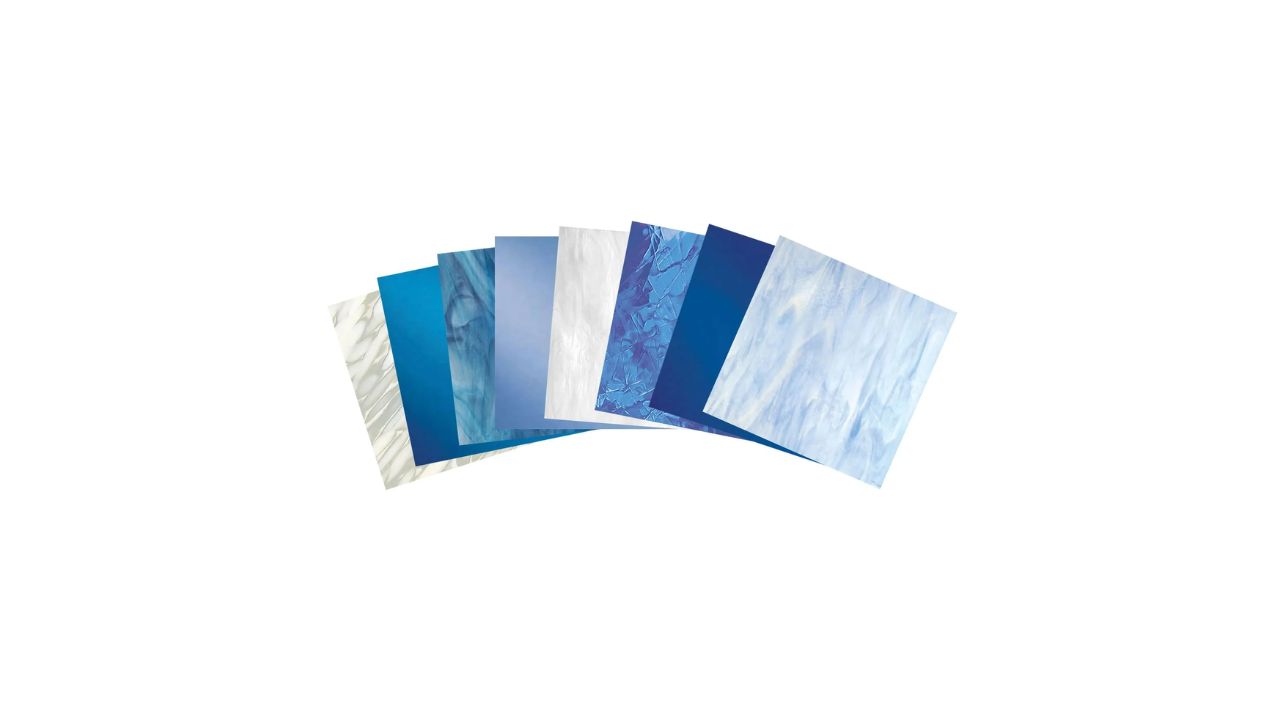

Interior Design Trends
What Is Fusible Glass
Modified: April 22, 2024
Discover the latest interior design trends with fusible glass. Learn how this versatile material can elevate your space with style and functionality.
(Many of the links in this article redirect to a specific reviewed product. Your purchase of these products through affiliate links helps to generate commission for Storables.com, at no extra cost. Learn more)
Introduction
Fusible glass, also known as art glass or warm glass, is a captivating medium that has been captivating artists and designers for centuries. This versatile material offers a myriad of creative possibilities, making it a popular choice for creating stunning decorative pieces, jewelry, and functional art. Whether you are a seasoned glass artist or a novice enthusiast, understanding the fundamentals of fusible glass is essential for unleashing your creativity and mastering the art of glass fusing.
Fusible glass is a specialized type of glass that possesses unique properties, allowing it to be fused together at high temperatures in a kiln. This process involves carefully heating multiple layers of glass to create a single, unified piece with intricate designs, vibrant colors, and captivating textures. The art of fusing glass dates back to ancient times, but modern advancements in glass technology have expanded the possibilities for artists and designers, enabling them to push the boundaries of creativity and innovation.
As a medium, fusible glass offers a captivating blend of artistry and science. Artists and designers can experiment with a diverse range of colors, opacities, and textures, allowing them to create bespoke pieces that reflect their artistic vision. From delicate jewelry and ornate ornaments to functional tableware and architectural installations, the versatility of fusible glass knows no bounds.
In the following sections, we will delve into the intricacies of fusible glass, exploring its various types, applications, and the essential techniques for working with this captivating medium. Whether you are a seasoned glass artist or a curious enthusiast, this comprehensive guide will equip you with the knowledge and inspiration to embark on your own creative journey with fusible glass. So, let's embark on this fascinating exploration of fusible glass and unlock the secrets of this mesmerizing art form.
Key Takeaways:
- Fusible glass is a versatile material that can be fused together at high temperatures to create stunning decorative pieces, jewelry, and functional art. It offers a wide range of colors, opacities, and textures for artists to explore and express their creativity.
- Artists and designers can use fusible glass to make jewelry, decorative art, functional items, architectural installations, and sculptural compositions. Understanding the firing and annealing processes, as well as implementing safety precautions, is crucial for working with fusible glass.
Read more: What Is Hurricane Glass
Definition of Fusible Glass
Fusible glass, also referred to as art glass or warm glass, is a specialized type of glass that possesses the unique property of being able to fuse together when heated to high temperatures in a kiln. This distinctive characteristic sets it apart from traditional glass, allowing artists and designers to create intricate and captivating pieces through the process of glass fusing.
One of the defining features of fusible glass is its compatibility with other glass types, enabling artists to layer different colors, opacities, and textures to achieve stunning visual effects. This versatility empowers creators to experiment with a diverse range of design possibilities, from subtle gradients and translucent layers to bold contrasts and striking patterns.
Fusible glass is available in a wide spectrum of colors, ranging from vibrant hues to delicate tints, providing artists with a rich palette to express their artistic vision. Additionally, the availability of specialized glass products, such as dichroic glass and iridescent coatings, further expands the creative potential of fusible glass, allowing for the incorporation of mesmerizing reflective and color-shifting elements in artistic compositions.
The composition of fusible glass is carefully formulated to ensure compatibility and proper fusing characteristics, making it a reliable and consistent medium for artists and designers. This attention to detail in the manufacturing process ensures that fusible glass maintains its structural integrity and visual appeal throughout the fusing process, resulting in durable and visually stunning finished pieces.
Furthermore, fusible glass is renowned for its adaptability in various artistic disciplines, including jewelry making, glass sculpture, functional art, and architectural installations. Its ability to seamlessly integrate with other artistic mediums, such as metalwork, ceramics, and wood, makes it a favored choice for multidisciplinary artists seeking to incorporate glass elements into their creations.
In essence, fusible glass embodies the fusion of artistry and technical precision, offering a captivating medium for artists and designers to explore their creativity and bring their imaginative concepts to life. Its unique properties and diverse applications make it a cornerstone of contemporary glass art, inspiring countless creators to push the boundaries of innovation and craftsmanship in the realm of fused glass artistry.
Types of Fusible Glass
Fusible glass encompasses a diverse array of types, each offering distinct characteristics and creative possibilities for artists and designers. Understanding the various types of fusible glass is essential for selecting the ideal materials to bring artistic visions to life. Here are some of the prominent types of fusible glass:
-
Transparent Fusible Glass: This type of fusible glass allows light to pass through, creating a captivating luminous effect. Transparent glass is favored for its ability to showcase intricate details and vibrant colors, making it an ideal choice for creating delicate designs and captivating visual compositions.
-
Opalescent Fusible Glass: Opalescent glass features a milky, semi-translucent appearance, often exhibiting subtle variations in opacity and iridescence. This type of glass adds a mesmerizing depth and ethereal quality to artistic creations, making it a popular choice for evoking a sense of mystery and enchantment in fused glass pieces.
-
Iridescent Fusible Glass: Iridescent glass is renowned for its captivating play of colors and reflective properties. This type of glass exhibits a dynamic interplay of hues, shifting and shimmering as light interacts with its surface. Artists often utilize iridescent glass to infuse their creations with a mesmerizing and otherworldly aesthetic.
-
Dichroic Fusible Glass: Dichroic glass is celebrated for its striking color-shifting characteristics, displaying different hues depending on the angle of view and the lighting conditions. This unique property makes dichroic glass a coveted material for creating dynamic and visually captivating fused glass jewelry and art pieces.
-
Textured Fusible Glass: Textured glass features intricate surface patterns and tactile qualities, adding depth and visual interest to fused glass compositions. Artists often incorporate textured glass to introduce tactile elements and enhance the sensory experience of their artistic creations.
-
Specialty Fusible Glass: In addition to the aforementioned types, specialty fusible glass encompasses a wide range of unique and innovative products, including reactive glass, confetti glass, and specialty coatings. These specialized materials offer artists and designers the opportunity to experiment with unconventional textures, color reactions, and surface treatments, expanding the creative horizons of fused glass artistry.
By exploring the diverse types of fusible glass, artists and designers can harness the unique characteristics of each type to elevate their artistic expressions and create captivating fused glass masterpieces. Whether seeking to evoke ethereal translucency, dynamic color shifts, or tactile depth, the myriad types of fusible glass provide a rich tapestry of creative possibilities for artisans to explore and integrate into their artistic practice.
How Fusible Glass is Used
Fusible glass serves as a versatile and captivating medium for a wide range of artistic and functional applications, offering artists and designers the opportunity to unleash their creativity and bring their imaginative concepts to life. The utilization of fusible glass spans across various artistic disciplines, from jewelry making and decorative art to architectural installations and sculptural compositions. Understanding the diverse ways in which fusible glass is used provides insight into the boundless creative potential of this captivating material.
Jewelry Making:
Fusible glass is widely embraced by jewelry artisans for its ability to create stunning and unique pieces. By carefully layering and fusing different types of glass, artisans can craft intricate pendants, earrings, and bracelets that showcase vibrant colors, captivating textures, and mesmerizing visual effects. The translucency and iridescence of fusible glass lend an ethereal quality to jewelry pieces, captivating the eye and adding a touch of elegance to wearable art.
Read more: What Is Safety Glass
Decorative Art:
In the realm of decorative art, fusible glass offers endless possibilities for creating ornate ornaments, sun catchers, and decorative panels. Artists can harness the diverse types of fusible glass to craft captivating designs, incorporating elements such as iridescent glass, dichroic accents, and textured layers to imbue their creations with depth and visual intrigue. Whether adorning windows, walls, or tabletops, fused glass decorative art pieces add a touch of sophistication and artistic flair to interior spaces.
Functional Art:
The versatility of fusible glass extends to functional art, where it is utilized to craft bespoke tableware, serving dishes, and kitchen accents. By carefully selecting compatible glass types and employing precise fusing techniques, artisans can create durable and visually striking glassware that seamlessly integrates artistry with functionality. The use of transparent, opalescent, and textured fusible glass adds a touch of refinement to everyday objects, elevating them to the realm of functional art.
Architectural Installations:
Fusible glass finds its place in architectural design, where it is employed to create stunning glass panels, partitions, and decorative elements for interior and exterior spaces. The use of large-scale fused glass compositions allows designers to infuse architectural environments with vibrant colors, light-filtering properties, and captivating visual motifs. Whether adorning public spaces, corporate interiors, or residential settings, fused glass architectural installations serve as captivating focal points that merge art and architecture.
Sculptural Compositions:
Artists and sculptors harness the malleability and expressive potential of fusible glass to create captivating sculptural compositions. By manipulating and fusing glass elements, artists can sculpt intricate forms, abstract expressions, and dynamic textures that evoke a sense of fluidity and ethereality. The interplay of light and color within fused glass sculptures adds a dimension of enchantment and visual allure, inviting viewers to immerse themselves in the captivating world of glass artistry.
In essence, the utilization of fusible glass spans a diverse spectrum of artistic and functional realms, offering artists and designers a rich tapestry of creative opportunities to explore and express their artistic visions. Whether adorning the body with captivating jewelry, enhancing interior spaces with decorative art, or pushing the boundaries of architectural design and sculptural expression, fusible glass stands as a testament to the enduring allure and creative versatility of glass as a medium for artistic expression.
Read more: What Is Acrylic Glass
Firing and Annealing Fusible Glass
Firing and annealing are critical stages in the process of working with fusible glass, playing a pivotal role in ensuring the structural integrity, durability, and visual appeal of the finished glass pieces. Understanding the principles and techniques of firing and annealing fusible glass is essential for artists and designers to achieve successful outcomes in their glass fusing endeavors.
Firing Process
The firing process involves subjecting the layered glass elements to high temperatures within a kiln, allowing them to fuse together and form a unified piece. This controlled heating process is characterized by distinct temperature phases, each serving a specific purpose in the glass fusing journey.
Ramp-Up Phase
During the ramp-up phase, the temperature within the kiln gradually increases to the desired fusing temperature, allowing the glass to heat up uniformly and minimize the risk of thermal shock. This gradual temperature ascent is crucial for preventing stress and potential breakage in the glass, ensuring a smooth transition into the fusing stage.
Soak Phase
Once the kiln reaches the fusing temperature, the glass enters the soak phase, where it is held at the designated temperature to allow the layers to fuse together effectively. This phase is essential for achieving proper adhesion and molecular bonding between the glass elements, facilitating the creation of a cohesive and visually stunning fused glass piece.
Annealing Phase
Following the fusing process, the glass undergoes the annealing phase, where it is gradually cooled down to room temperature. This controlled cooling period is vital for relieving internal stresses within the glass, enhancing its structural stability and resistance to breakage. Proper annealing mitigates the risk of thermal fractures and ensures that the fused glass piece attains the desired strength and durability.
Annealing Process
Annealing is a critical aspect of the glass fusing process, as it directly influences the long-term stability and resilience of the finished glass piece. The annealing process involves carefully controlling the cooling rate of the fused glass to minimize internal stresses and prevent the formation of cracks or fractures.
Annealing Schedule
An effective annealing schedule encompasses specific cooling rates and temperature holds tailored to the thickness and composition of the fused glass piece. By adhering to a meticulously crafted annealing schedule, artists and designers can mitigate the inherent stresses within the glass, resulting in a structurally sound and visually flawless finished product.
Kiln Venting
Proper kiln venting during the annealing phase is crucial for facilitating the gradual cooling of the fused glass and preventing the accumulation of internal stresses. By allowing controlled airflow within the kiln, artists can ensure that the annealing process proceeds smoothly, minimizing the risk of thermal shock and promoting the optimal physical properties of the fused glass.
In essence, the firing and annealing processes are indispensable components of the glass fusing journey, shaping the structural integrity, visual allure, and longevity of fused glass creations. By mastering the principles of firing and annealing fusible glass, artists and designers can unleash the full creative potential of this captivating medium, producing enduring works of art that captivate the eye and inspire the soul.
Safety Precautions for Working with Fusible Glass
When working with fusible glass, prioritizing safety is paramount to ensure a secure and enjoyable creative process. The nature of glass fusing involves high temperatures, potential exposure to hazardous materials, and handling sharp tools, making it essential for artists and designers to adhere to stringent safety precautions. By implementing the following safety measures, individuals can safeguard their well-being and create a secure environment for exploring the art of fusible glass.
Read more: What Is Uranium Glass
Protective Gear
Wearing appropriate protective gear, including heat-resistant gloves, safety glasses, and a dust mask, is crucial when handling fusible glass and working with a kiln. Heat-resistant gloves provide thermal protection during the handling of hot glass and kiln shelves, while safety glasses shield the eyes from potential glass fragments and dust particles. Additionally, a dust mask helps minimize inhalation of glass particles and fumes, particularly during the cutting and grinding stages of glass preparation.
Ventilation
Maintaining adequate ventilation in the workspace is essential to mitigate the inhalation of fumes and airborne particles generated during the glass fusing process. Proper ventilation, facilitated by the use of exhaust fans or open windows, helps disperse fumes and ensures a well-ventilated environment, reducing the risk of respiratory irritation and promoting overall air quality.
Kiln Safety
Operating a kiln requires adherence to specific safety protocols to prevent accidents and minimize risks. It is imperative to follow the manufacturer's guidelines for kiln operation, including proper placement, electrical requirements, and maintenance procedures. Additionally, ensuring that the kiln is situated on a stable, heat-resistant surface and maintaining a clear, unobstructed area around the kiln contributes to a safe working environment.
Handling and Storage
Careful handling and storage of fusible glass are essential to prevent injuries and minimize breakage. When handling glass sheets and components, using appropriate lifting techniques and avoiding sudden movements can reduce the risk of accidental cuts and fractures. Storing glass in designated racks or containers, organized by type and size, helps prevent breakage and facilitates safe handling during the creative process.
Read more: What Is Glazed Glass
First Aid Preparedness
Maintaining a well-equipped first aid kit in the workspace is essential to address minor injuries promptly. The first aid kit should contain essential supplies, such as bandages, antiseptic ointment, and burn dressings, to provide immediate care in the event of cuts, burns, or minor accidents. Familiarizing oneself with basic first aid procedures and emergency contacts further enhances preparedness for unforeseen incidents.
Training and Education
Seeking comprehensive training and education in glass fusing techniques and safety practices is instrumental in fostering a secure and informed approach to working with fusible glass. Attending workshops, courses, or seeking guidance from experienced practitioners can provide valuable insights into safe handling, kiln operation, and hazard awareness, empowering individuals to navigate the art of glass fusing with confidence and competence.
By conscientiously integrating these safety precautions into the creative process, artists and designers can cultivate a secure and supportive environment for exploring the captivating realm of fusible glass. Prioritizing safety not only safeguards personal well-being but also enhances the overall artistic experience, allowing individuals to immerse themselves in the art of glass fusing with confidence and peace of mind.
Frequently Asked Questions about What Is Fusible Glass
Was this page helpful?
At Storables.com, we guarantee accurate and reliable information. Our content, validated by Expert Board Contributors, is crafted following stringent Editorial Policies. We're committed to providing you with well-researched, expert-backed insights for all your informational needs.
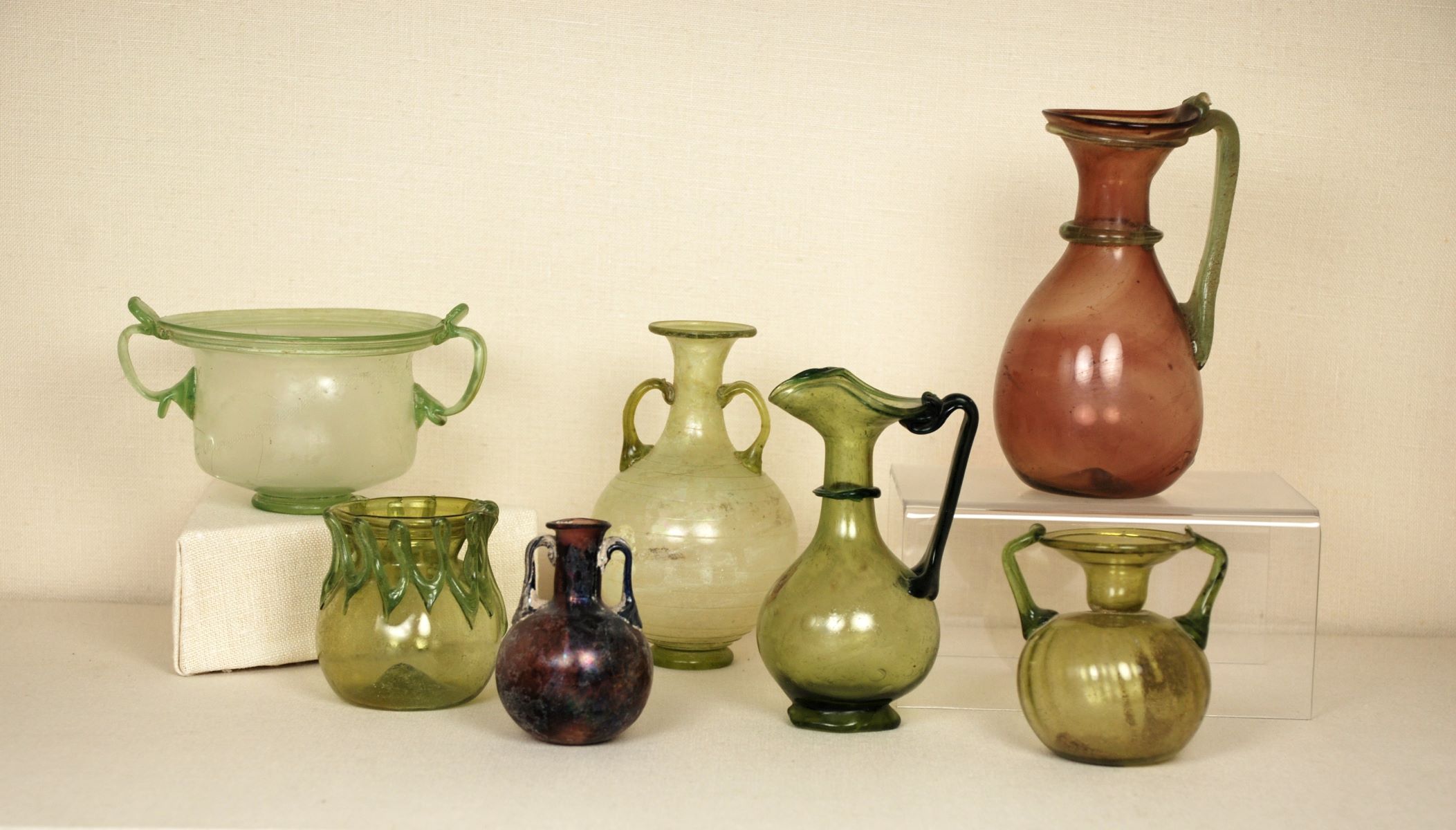
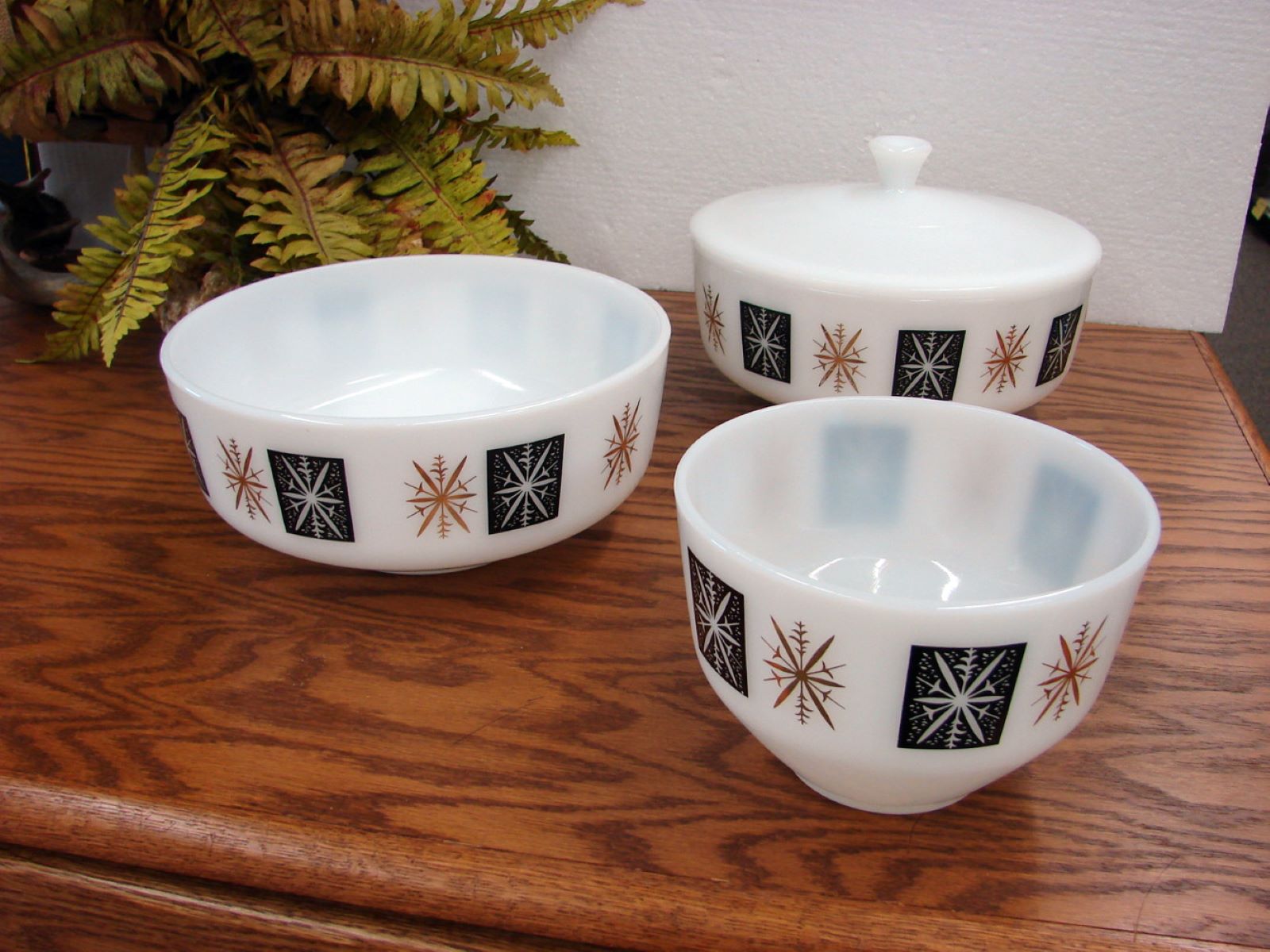
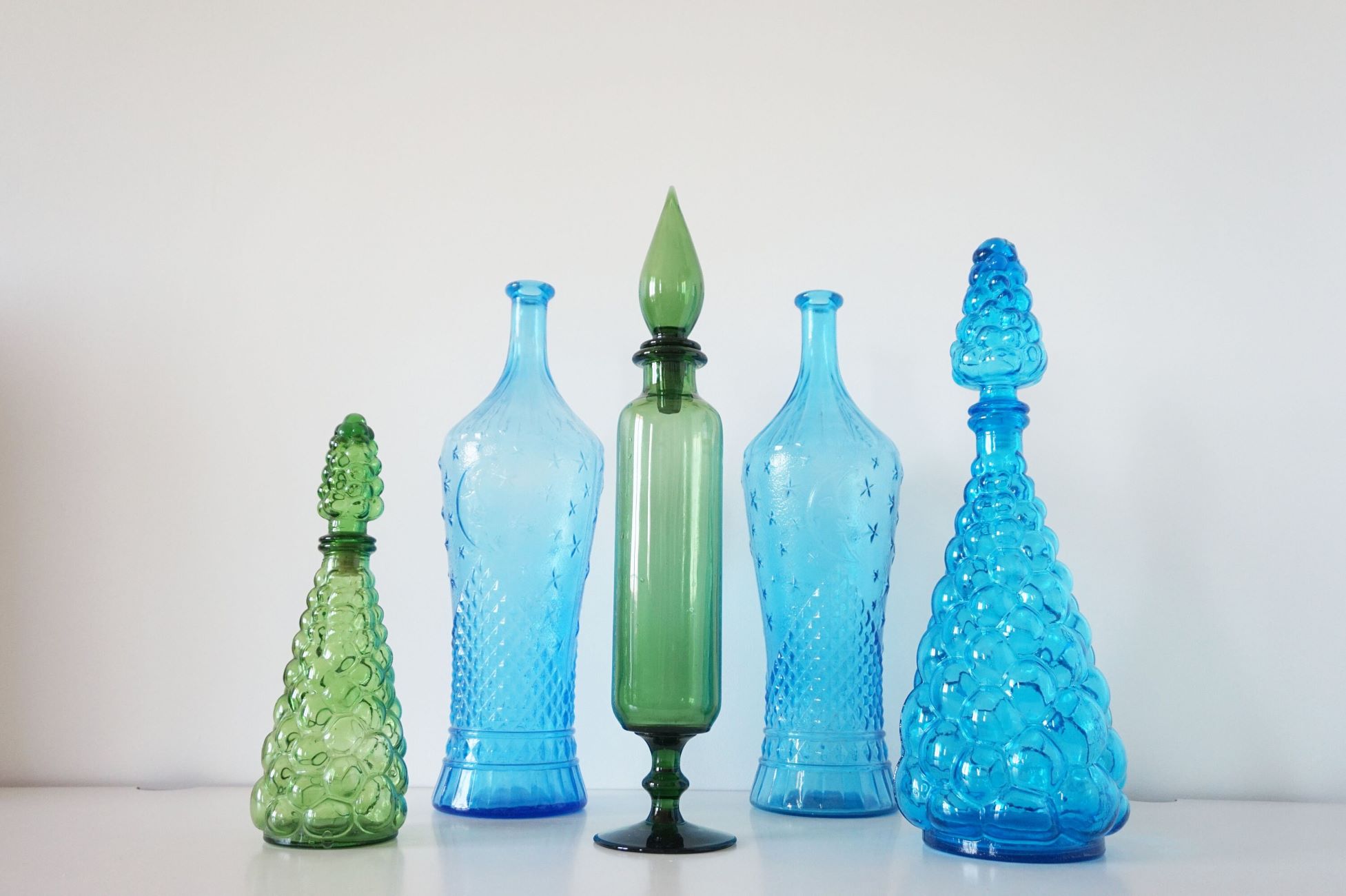
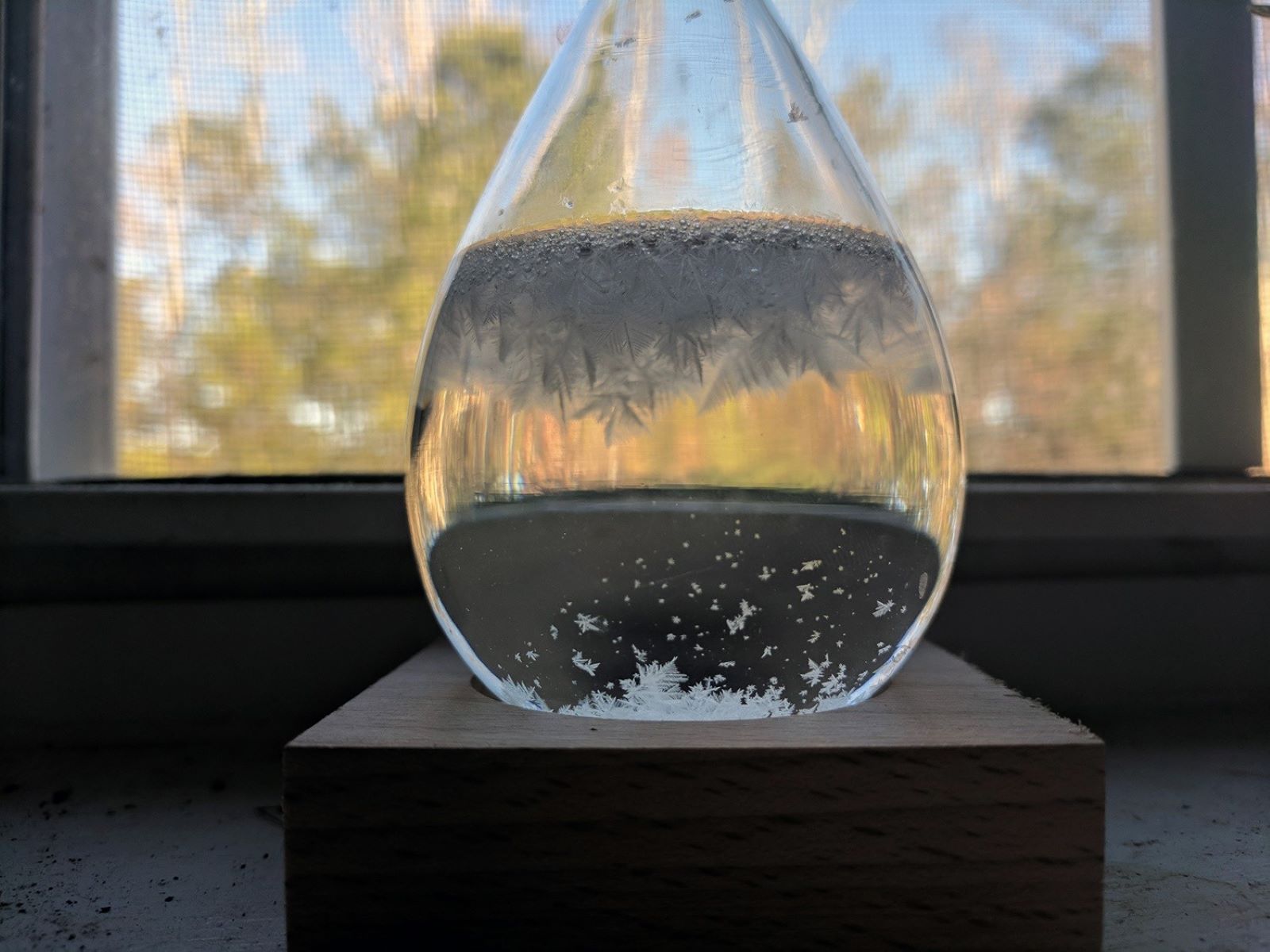
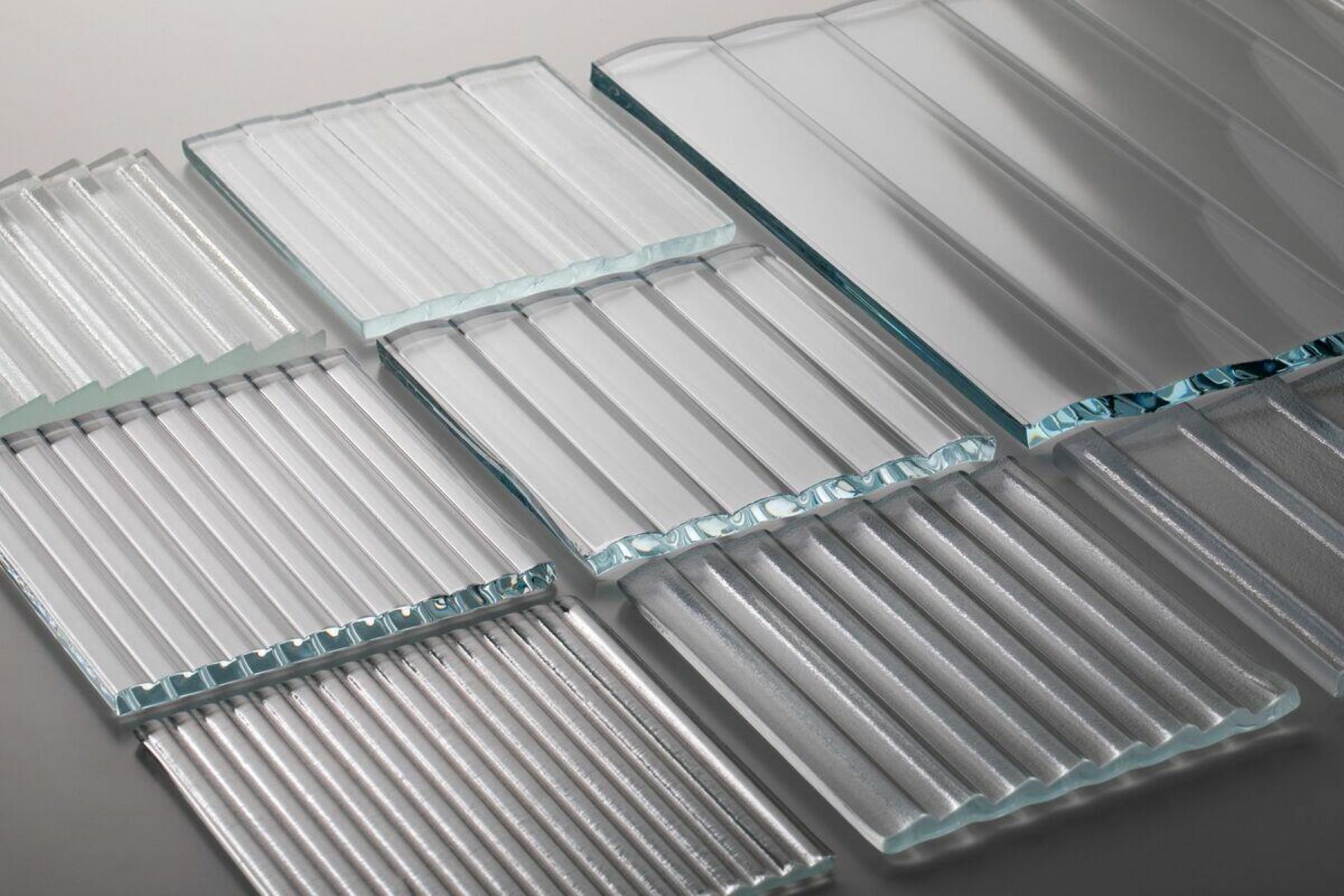
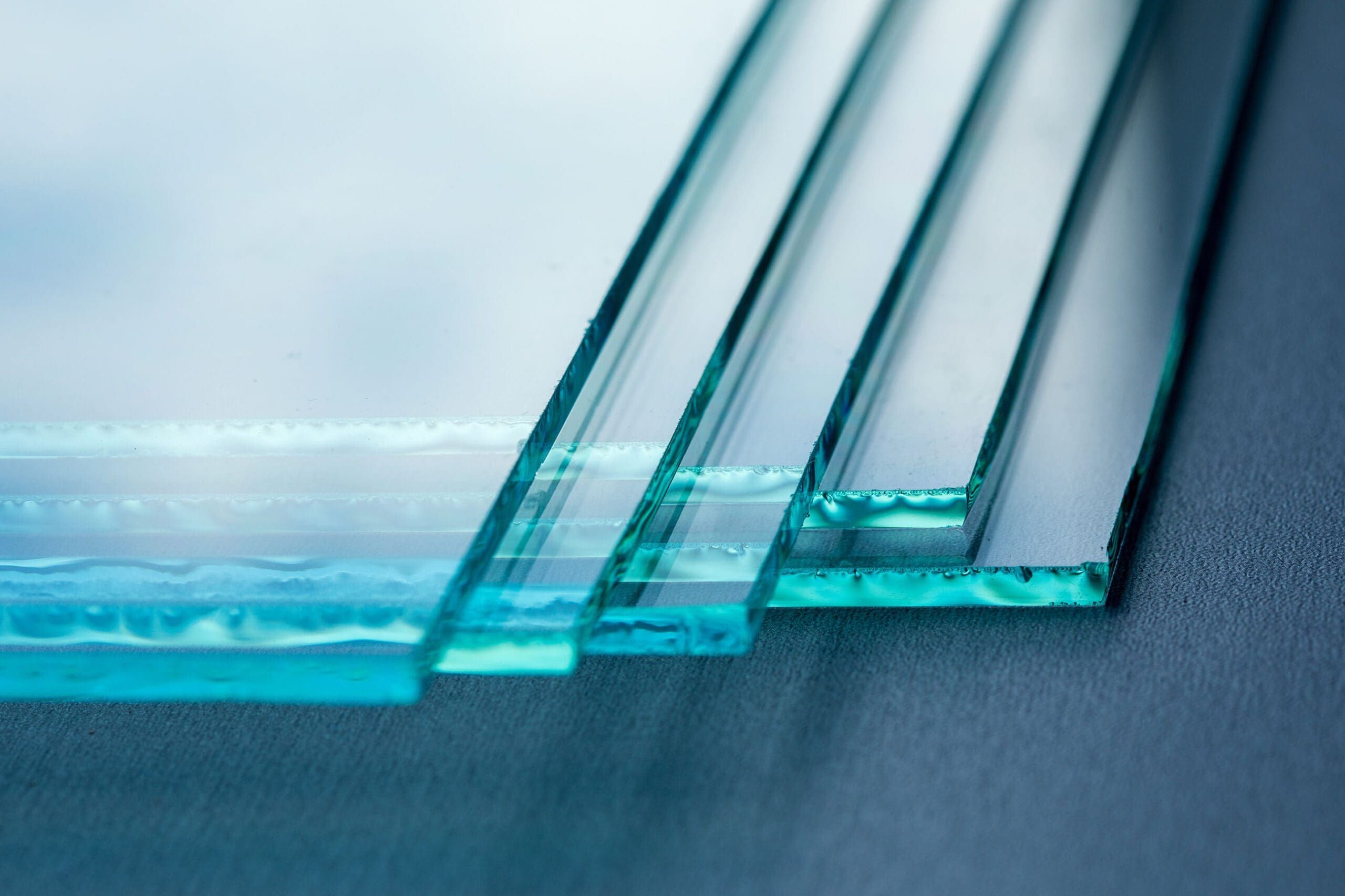
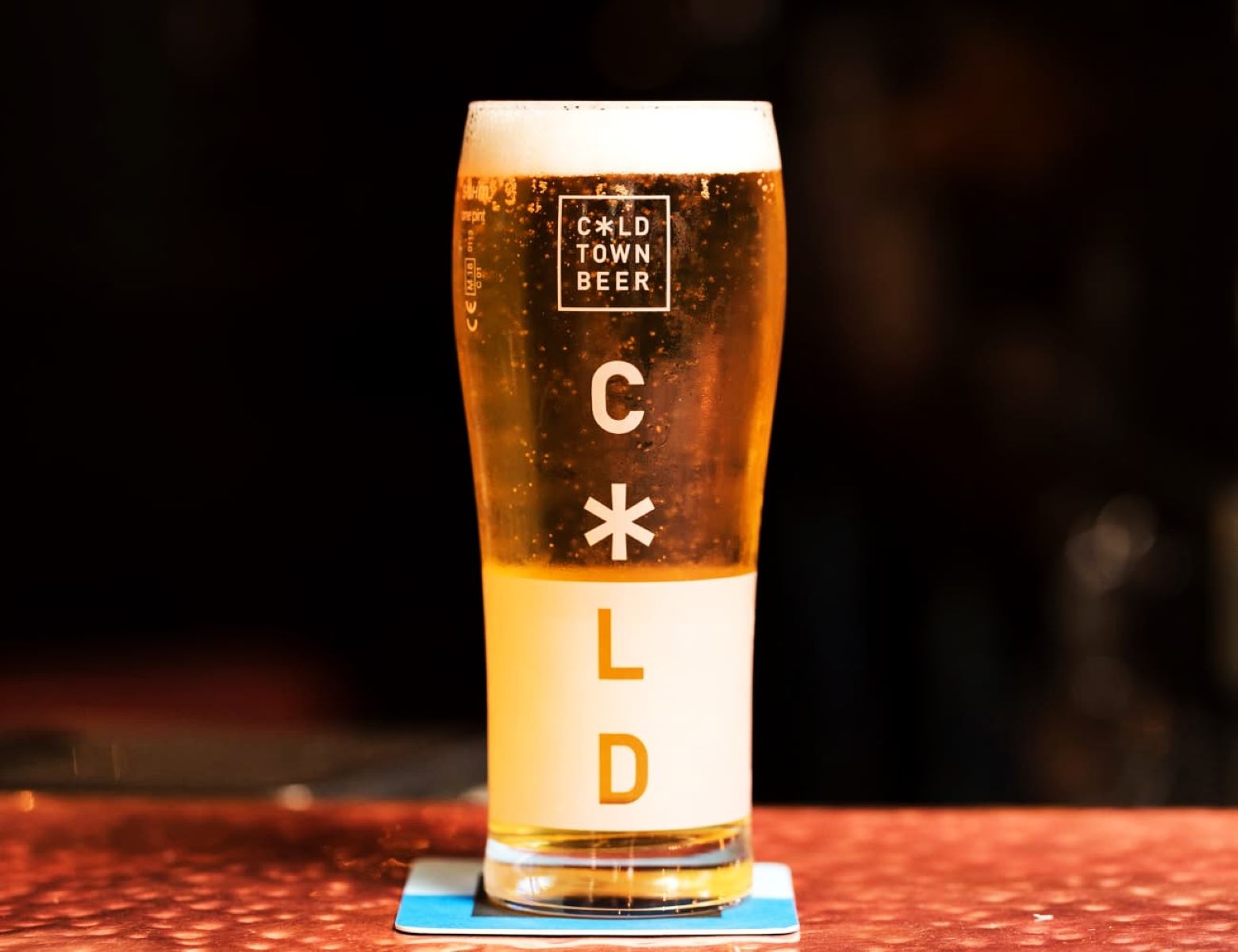
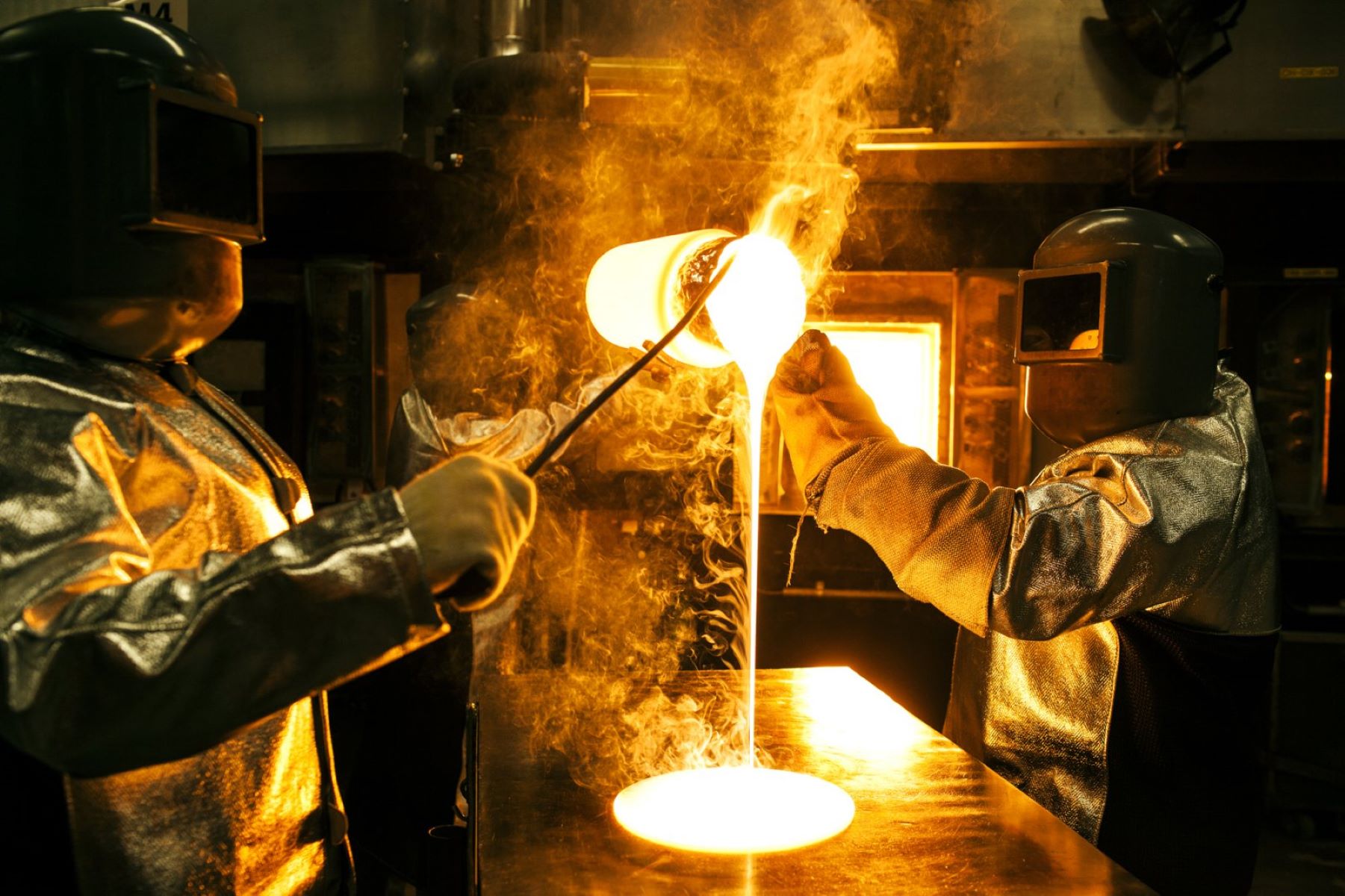
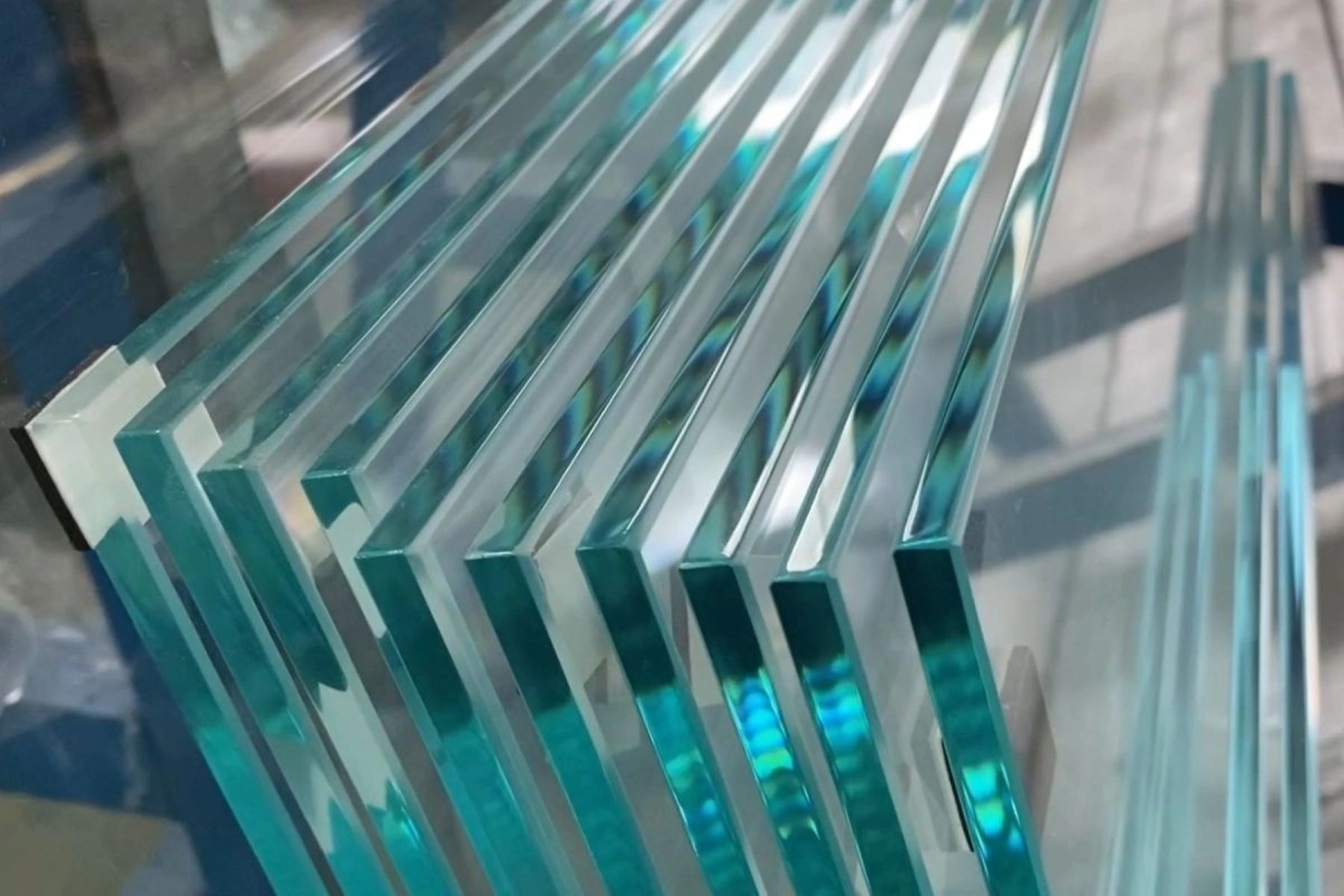
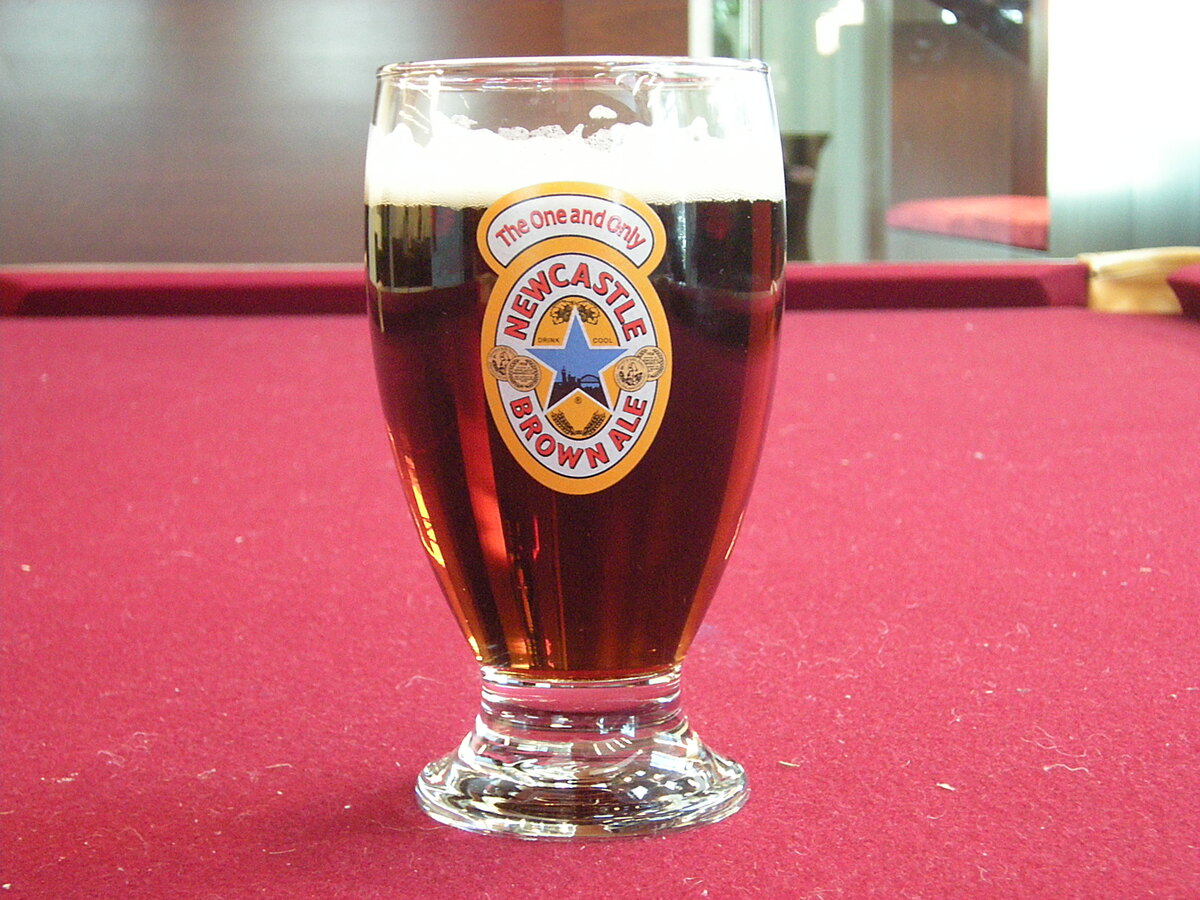
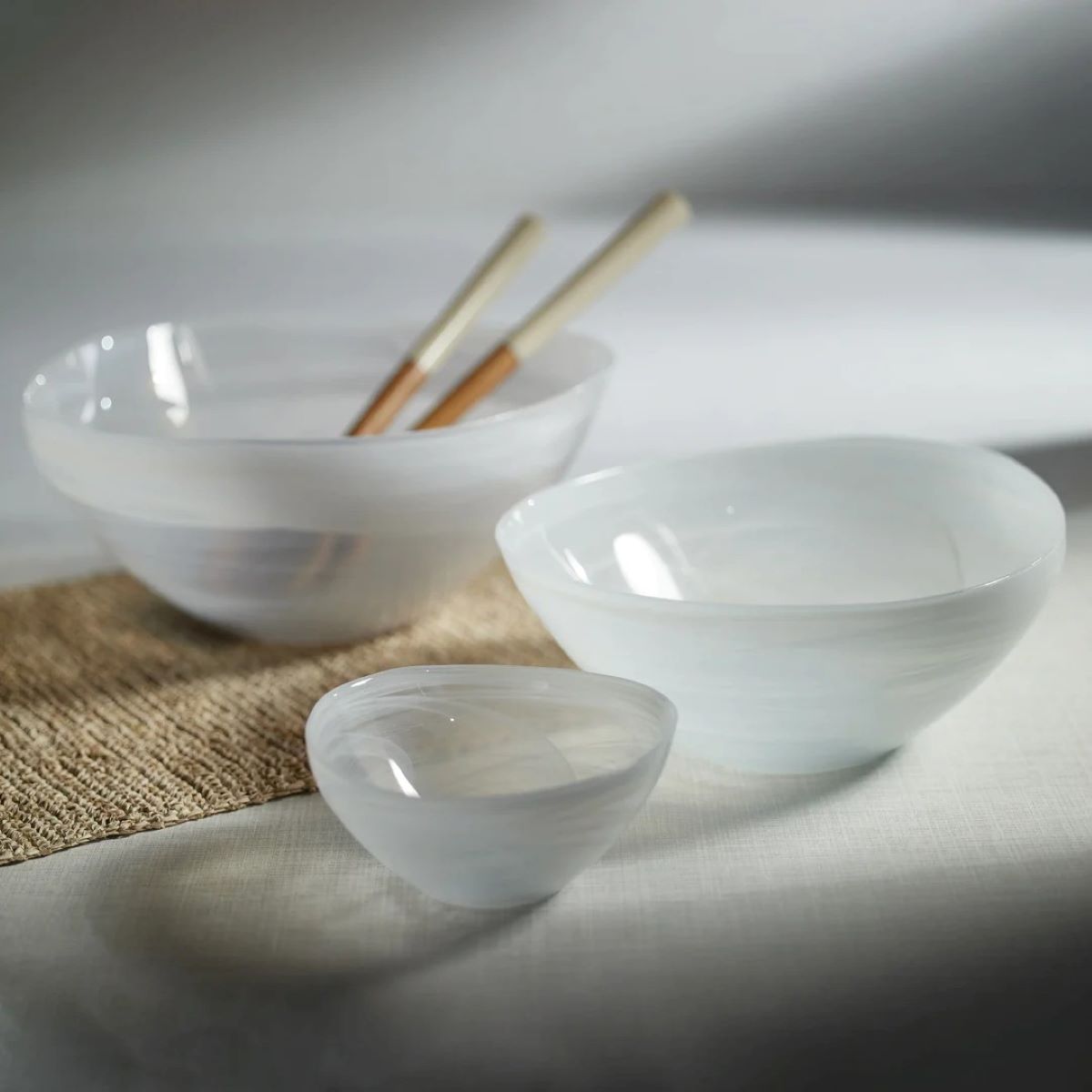

0 thoughts on “What Is Fusible Glass”